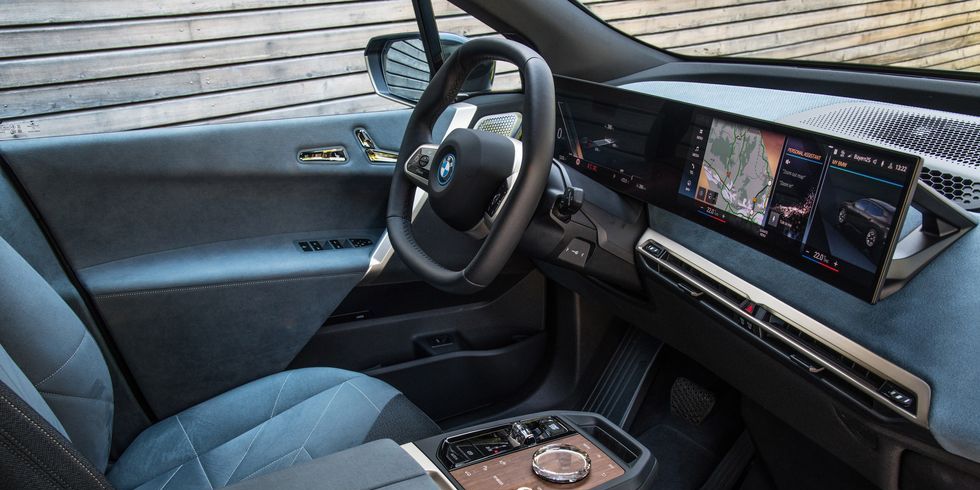BMW Level 3 Autonomous Driving Tech Is Coming in 2025

BMW has been working with Qualcomm and Arriver since late 2021 on some autonomous driving technologies, but now the three have said they are forming a long-term partnership to bring Level 3 technology to BMW models by the second half of 2025, and then maybe more beyond that.Some of the technologies used will be Qualcomm’s Snapdragon Ride Vision system-on-a-chip (SoC) and Arriver’s Computer Vision technology, which will provide better AV options than BMW’s current system that was introduced on the iX last year and is coming to the new 7-series next month.BMW could also use this autonomous tech in Mini and Rolls-Royce models down the line.
Future iterations of BMW’s autonomous driving technology will be more connected, and not just to the growing internet of things. This week, BMW announced more details about its autonomous driving partnership with Qualcomm and Arriver that the three companies will jointly develop next-generation automated driving solutions that will offer Level 3 capabilities in the second half of 2025, with an eye toward Level 4 capabilities after that. In brief, Level 3 will allow drivers to ride without having to touch the steering wheel or constantly watch the road when they’re on some highways, but a human must be ready to take over whenever the system is unable to drive itself.
This week’s news grew out of an announcement from November 2021 when BMW said its next-generation automated driving system would use Qualcomm’s Snapdragon Ride Vision system-on-a-chip (SoC) and Arriver’s Computer Vision technology. Moving forward, the joint project will combine BMW’s current automated driving technologies, which debuted in the BMW iX in 2021 and are coming to the new 7-series next month, with Arriver and Qualcomm technology. Qualcomm’s Snapdragon Ride autonomous driving platform can be used from the common Level 1 and 2 driver-assistance systems seen today to fully self-driving Level 5 vehicles.
“The idea [with the Snapdragon digital chassis] is to be able to find economies of scale within an automotive platform that allows OEMs to be able to scale up very quickly.” said Qualcomm’s Nakul Duggal on a media call with journalists. “To be able to build a reference platform with a partner like BMW that scales from entry-level vehicles all the way to luxury vehicles, at a global scale, is something that is synonymous with what a lot of different automakers need.”
That platform will include a common reference architecture, sensor specifications, and safety requirements, the companies said, and will get input from more than 1400 specialists working around the world, including the BMW Autonomous Driving Test Center in the Czech Republic, Arriver engineers in Sweden, Germany, and the U.S., and Qualcomm employees in South Korea and India, among others. The investments that the three companies are making will provide a benefit to the entire autonomous driving ecosystem, Duggal said, in terms of time saved to bring this tech to market.
BMW’s senior vice president of driving experiences, Nicolai Martin, said during the call that the technology could also find its way to Mini and Rolls-Royce vehicles as well but this project will not be limited to BMW brands. As part of the announcement, Qualcomm, BMW, and Arriver said they “remain open to further partnerships.”
This content is imported from {embed-name}. You may be able to find the same content in another format, or you may be able to find more information, at their web site.
This content is created and maintained by a third party, and imported onto this page to help users provide their email addresses. You may be able to find more information about this and similar content at piano.io







